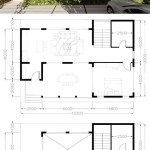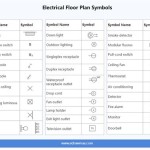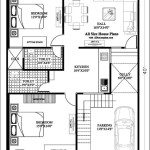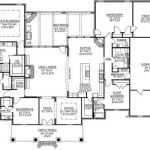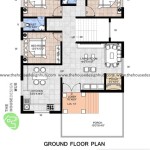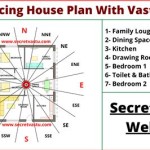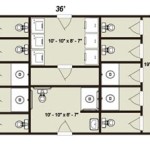Top View of a House Plan: Essential Aspects
The top view of a house plan, also known as the overhead plan, provides valuable insights into the layout, form, and functionality of a potential home. Carefully scrutinizing this crucial plan can help you make informed decisions during the design and construction process. Here are some essential aspects to consider when examining the top view of a house plan:
1. Roof Design and Orientation:
The roof shape and its orientation play a significant role in the overall aesthetic appeal and performance of the house. The top view reveals the type of roof you intend to have, such as gable, hip, or flat roofs, and the direction in which it slopes. Proper roof orientation can optimize natural light and ventilation while also influencing factors like drainage and energy efficiency.
2. Building Form and Dimension:
The top view clearly outlines the shape and dimensions of the house, giving you a clear understanding of its overall size and proportions. It helps you visualize the building's footprint on the property and ensures that it fits harmoniously within the surrounding landscape and complies with local building codes.
3. Room Layout and Circulation:
The top view meticulously illustrates the placement and arrangement of various rooms within the house. It allows you to assess the flow of movement between different spaces and evaluate their proximity to each other. A well-planned layout optimizes accessibility, privacy, and convenience for the occupants.
4. Outdoor Spaces and Connections:
The top view also provides a comprehensive view of outdoor spaces, such as patios, decks, and gardens. These areas can significantly enhance the functionality and enjoyment of the home. The plan should delineate the connection between indoor and outdoor spaces to ensure seamless transitions and maximize the utilization of natural surroundings.
5. Natural Light and Ventilation:
The top view can reveal the positioning of windows and doors, which are crucial for natural light penetration and ventilation. A well-designed plan ensures that each room receives adequate sunlight and cross-ventilation, promoting a healthy and comfortable indoor environment.
6. Site Orientation and Solar Access:
The orientation of the house on the property and its relationship to the sun's path are crucial factors to consider. The top view enables you to assess how effectively the house harnesses natural light and warmth while minimizing energy consumption.
7. Landscaping and Site Planning:
The top view often includes information about landscaping and site planning, such as the location of driveways, walkways, and planned green spaces. By considering these elements, you can envision how the house will integrate with its surroundings and create a harmonious and aesthetically pleasing environment.
Conclusion:
Analyzing the top view of a house plan is an invaluable tool in the design and construction process. It provides a comprehensive understanding of the building's form, function, and relationship to its surroundings. By carefully considering the essential aspects outlined above, you can make informed decisions that will result in a home that meets your specific needs and aspirations.

Apartment Plan With Furniture In Top View Layout Of House Standard Set Icons For Floor Interior Design Elements Architectural Vector Blueprint Stock Adobe

390 Top View Inside House Ideas In 2024 Floor Plans Design

House Aerial View Blueprints Plans Small

The Top View House Plan With Furnished Detailing Of A Dwg File Cadbull

House Plan A Top View B Zones C Roof D Scientific Diagram

Apartment Or Flat House Floor Plan Top View Vector Image

3d Floor Plans

Architectural Plan Icons Of A House In Top View Floor With Furniture Interior Design For Layouts Vector Stock Adobe

Floor Plan Top View House Interior Stock Ilration 1018330672 Shutterstock Plans Garage Apartment Fiber Internet

Premium Vector Interior Design Floor Plan Top View Architectural Of A House Above Apartment With Furniture

